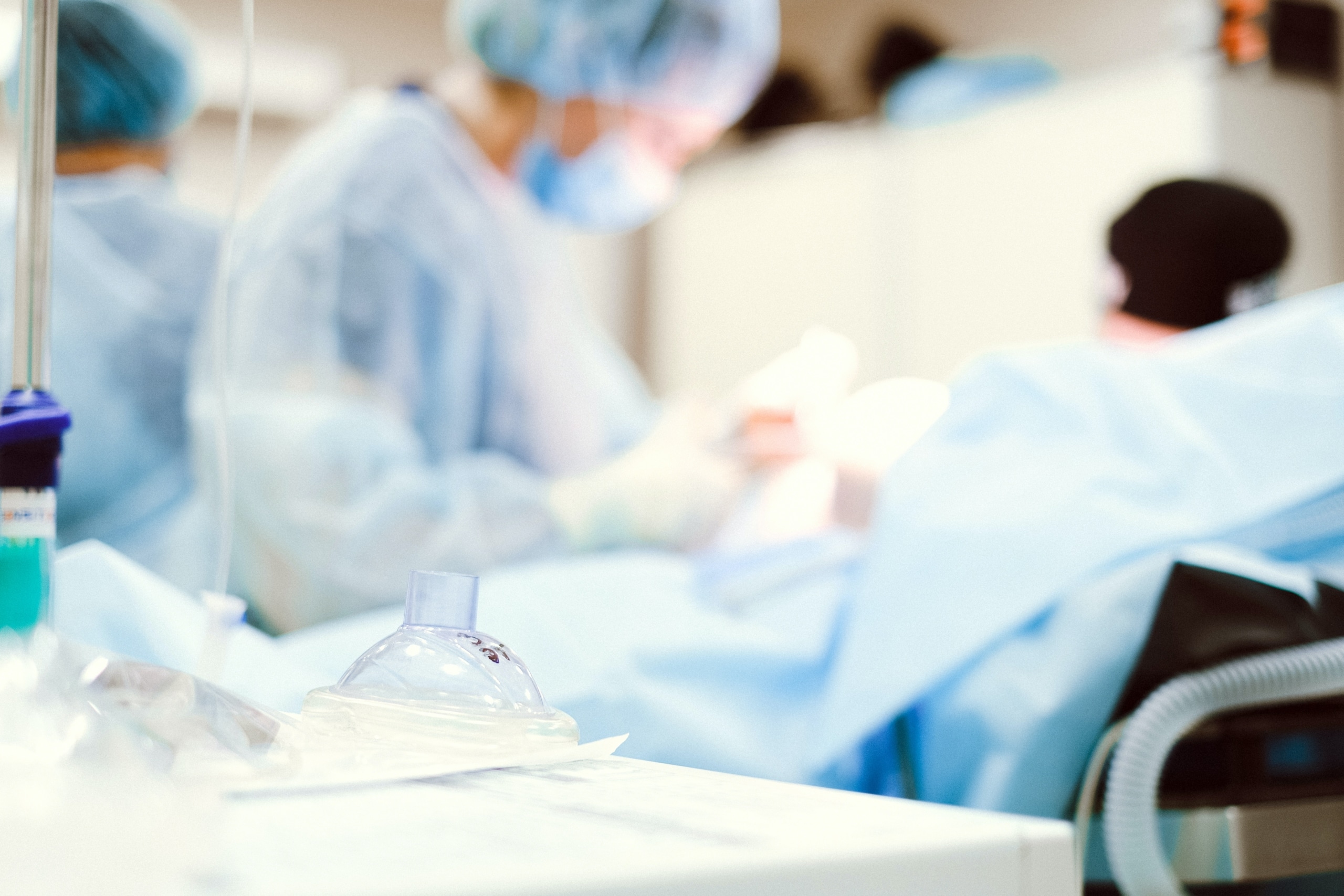What can I expect after a total hip replacement?
What we’ll cover
What can I expect after a total hip replacement?
Our team at Malvern East Physiotherapy regularly see and look after post operative clients following total hip replacement surgery. With elective surgery increasing over the upcoming weeks, our physiotherapist Laura Scott looks into what to expect following surgery.
What is a total hip replacement?
Total hip replacements typically occur when there is a significant loss of cartilage within the hip joint leading to pain, stiffness and reduced mobility. This common occurs following osteoarthritis of the hip. The surgery involves removing the damaged cartilage and bone from the hip joint and replacing it with artificial structures.
Your hip joint is a ball and socket joint where the pelvis articulates with the femur (thigh bone). A ball and socket joint allows for greater amounts of movement in multiple directions.
The most commonly used approaches for a total hip replacement include the posterior approach, direct lateral approach and direct anterior approach. Each surgery will have different post-operative precautions as well as different levels of soft tissue damage. Each of these approaches have advantages and disadvantages. Depending on your individual circumstances and surgeon, your surgeon will advise you on your best surgical approach.
Do you need physiotherapy after a hip replacement?
Following surgery, physiotherapy input is crucial for regaining strength and hip range of motion. Different surgeons may have specific post-operative care guidelines. However, generally clients are utilising crutches/walking sticks and partially weight bearing for up to 6 weeks after surgery.
Our team at Malvern East Physiotherapy work closely with a number of leading orthopaedic surgeons. Immediate post-operative physiotherapy approaches vary depending on the surgical approach.
Importantly, whilst joint replacements are correcting joint integrity, it does not address any underlying weakness or mobility restriction experienced as a result of the underlying pathology. Physiotherapy treatment will assist in improving one’s strength and endurance. Muscles surrounding the hip are crucial for everyday activities like walking and balance. In particular, hip abductor and gluteal strength is commonly decreased both prior and following surgery. These crucial muscle groups are integral or improving walking and creating normality with tasks such as sitting to standing.
Your physiotherapist may utilise a range of techniques to improve range of motion and improve strength. Physiotherapy may progressively use a range of strengthening exercises including hydrotherapy, gym-based rehabilitation and home based exercises.
What should I do to prepare for hip replacement surgery?
Gaining as much mobility, strength and flexibility around the hip joint greatly assists the outcomes and rate of recovery following surgery. Strong evidence also suggests that a minimum of 8 weeks of prehabilitation or pre-operative strength training will improve physical functioning after your hip replacement. Malvern East Physiotherapy has developed unique individualised Osteoarthritis programs designed for both prehabilitation and managed of your arthritis symptoms.
Our physiotherapy team have extensive experience working in pre and post-operative care. If you are requiring a total hip or knee replacement, or have recently had the surgery please do not hesitate to get in touch with our team. Call us or book online today.


